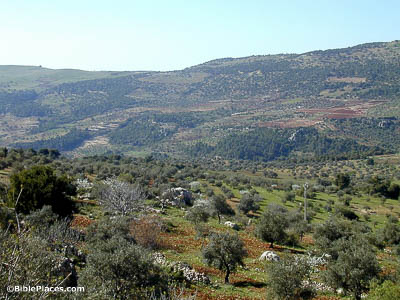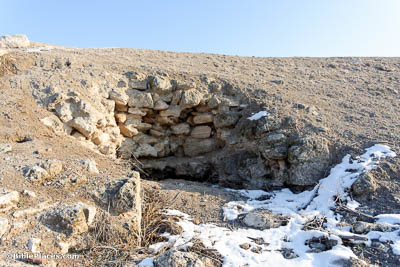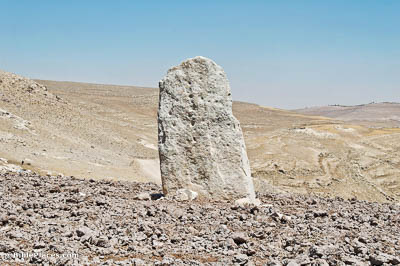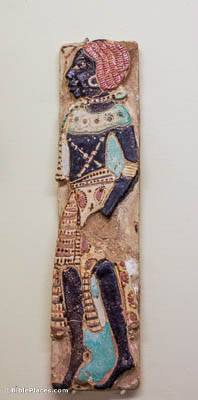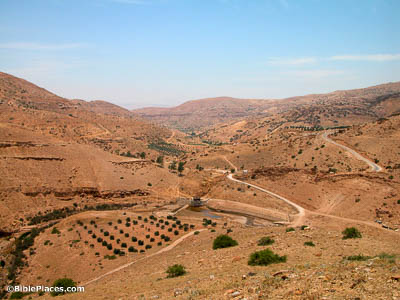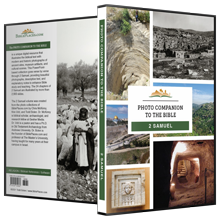So the people went out into the field against Israel, and the battle was in the forest of Ephraim (2 Samuel 18:6).
The location of the “forest of Ephraim” is almost certainly referring to the rough terrain of Gilead, east of the Jordan River and north of the Jabbok River. The area shown in this photo is in the wooded, mountainous area about 10 miles (16 km) north of Mahanaim. It was likely in this area that the battle of the forest of Ephraim took place. It would have been extremely difficult to undertake a battle in this area, especially when it was heavily forested. Communication and coordination would have been severely curtailed.
